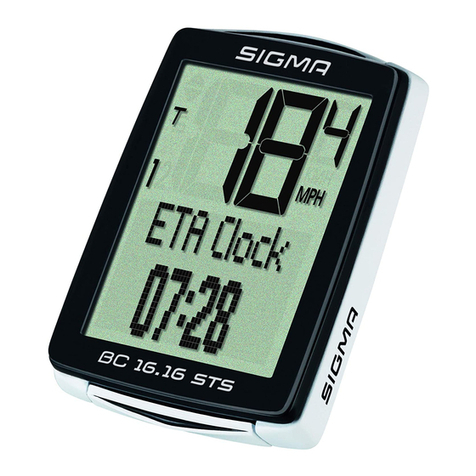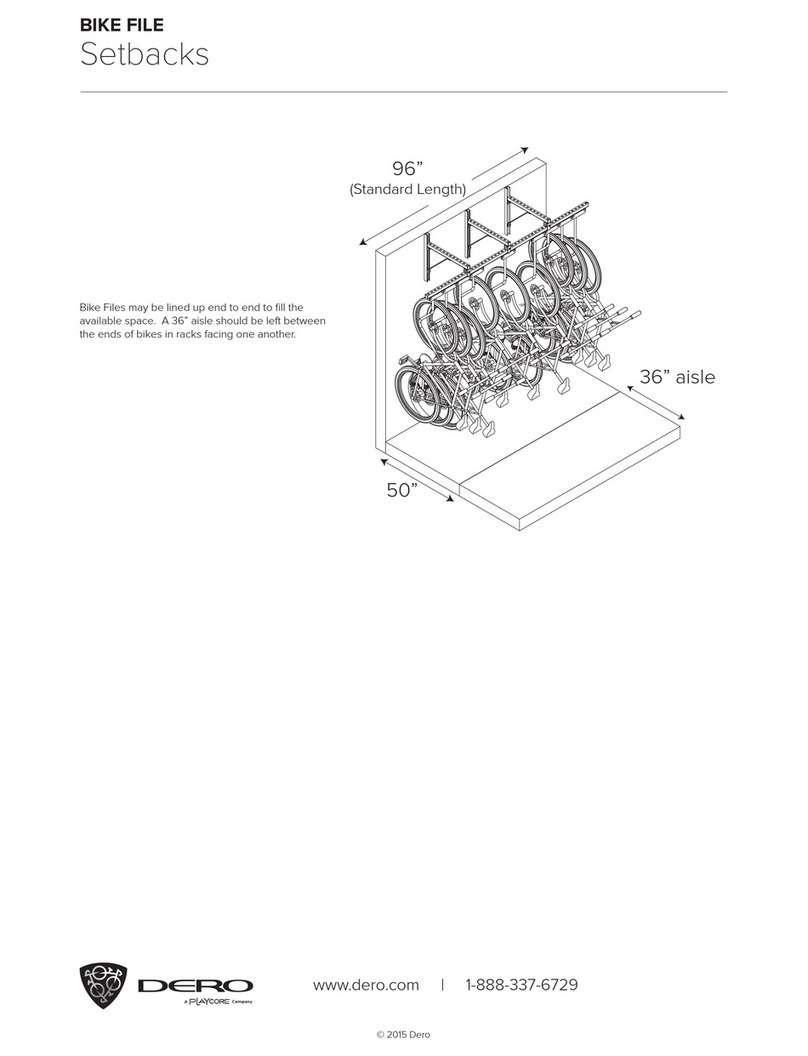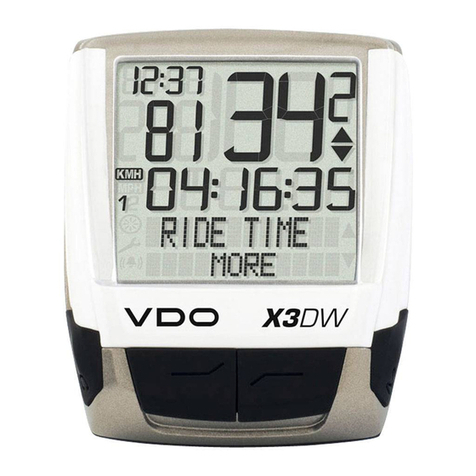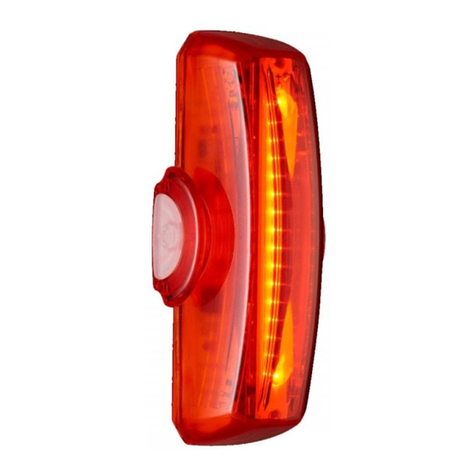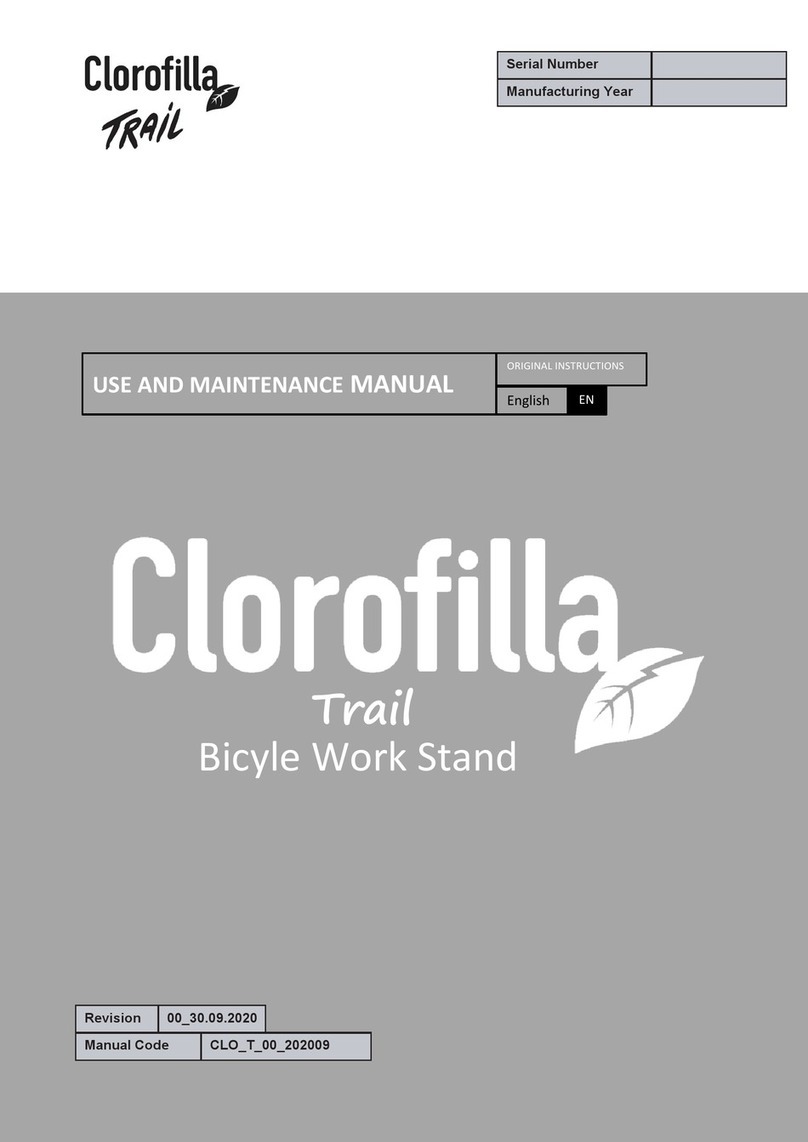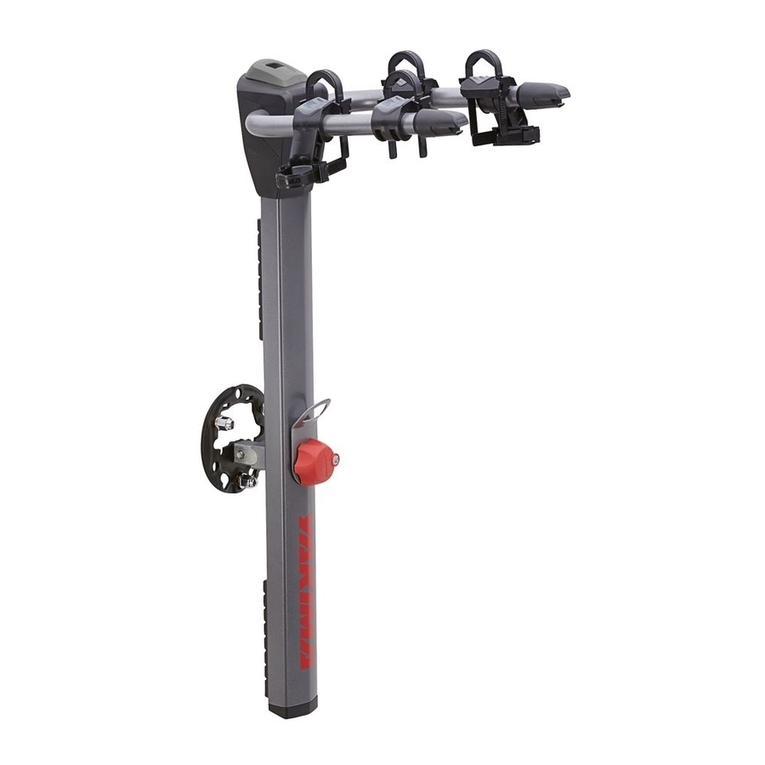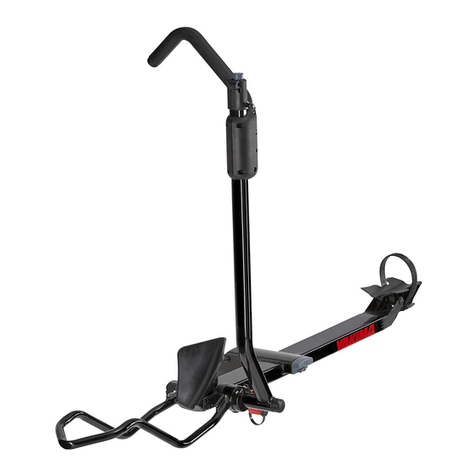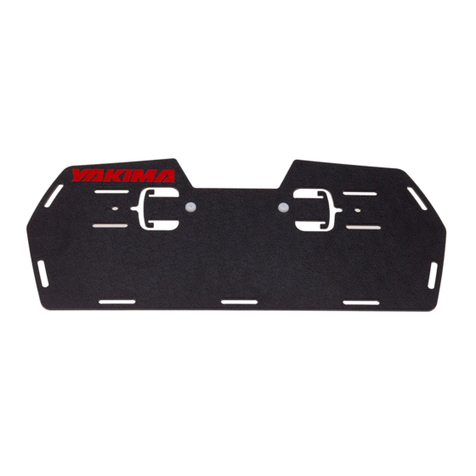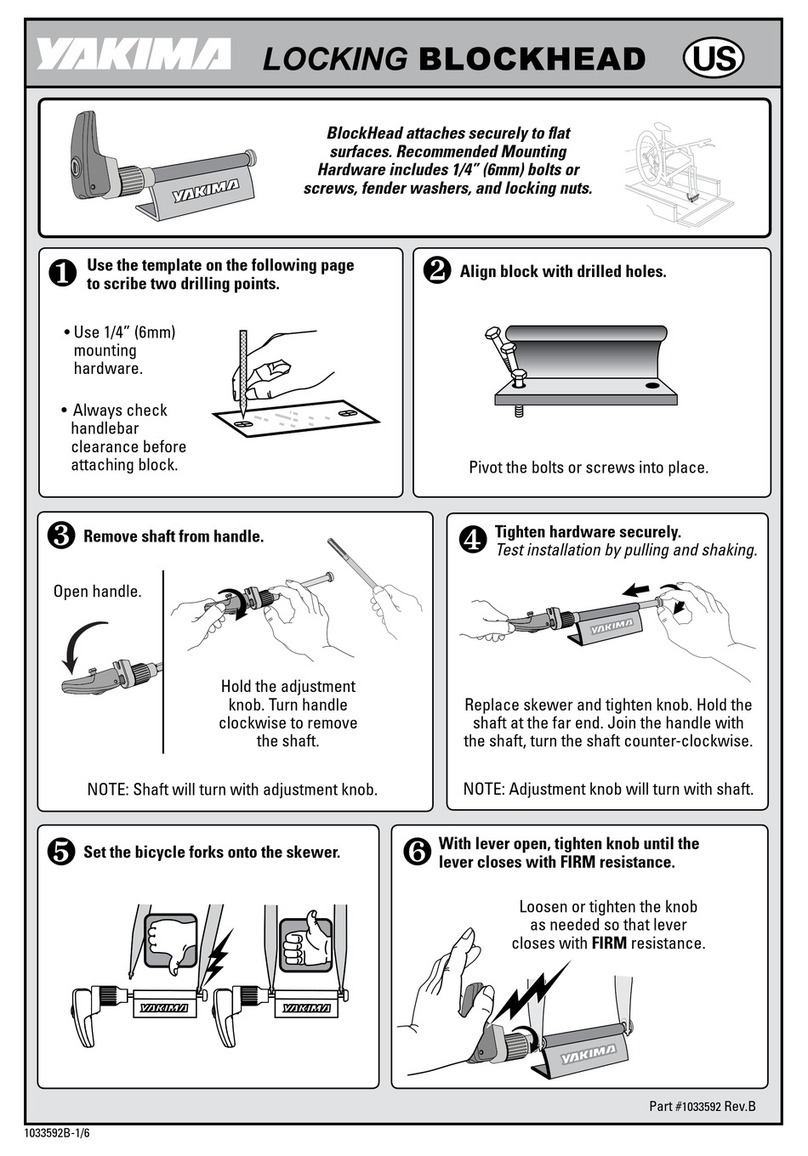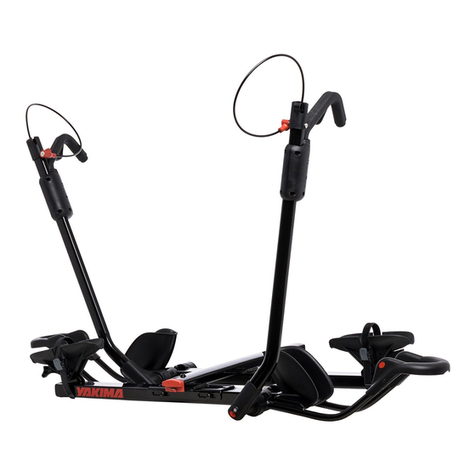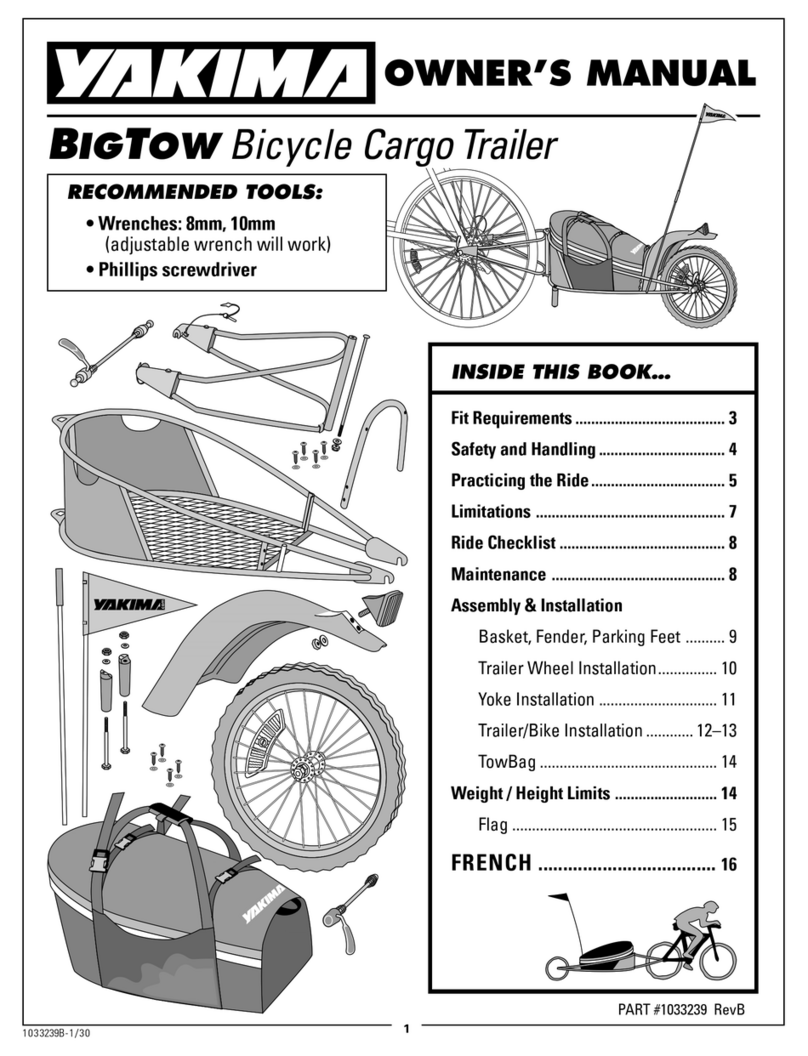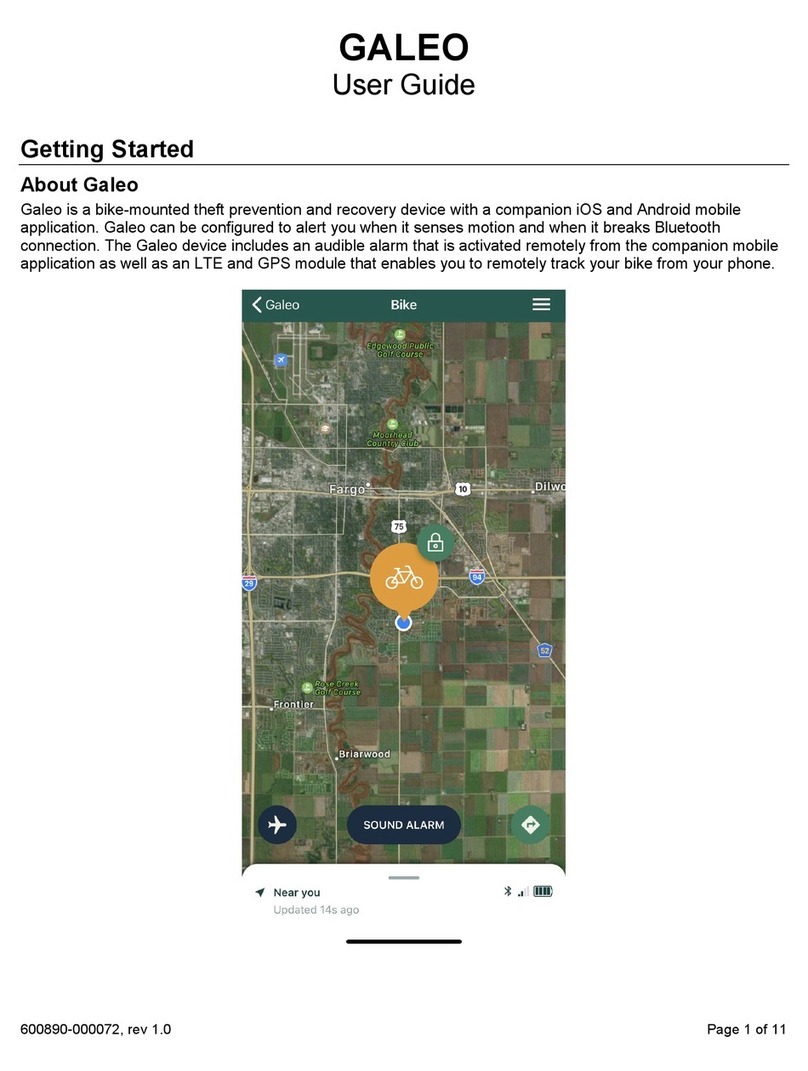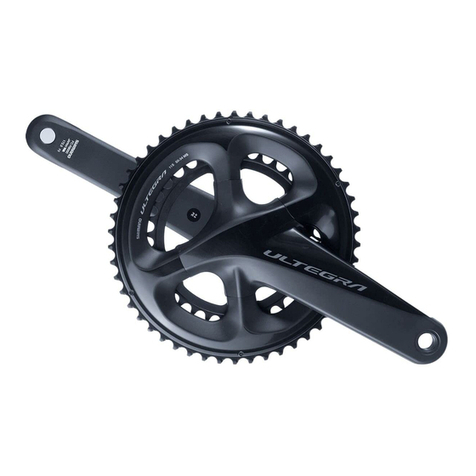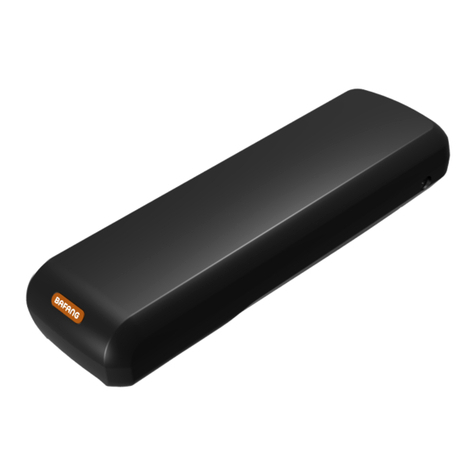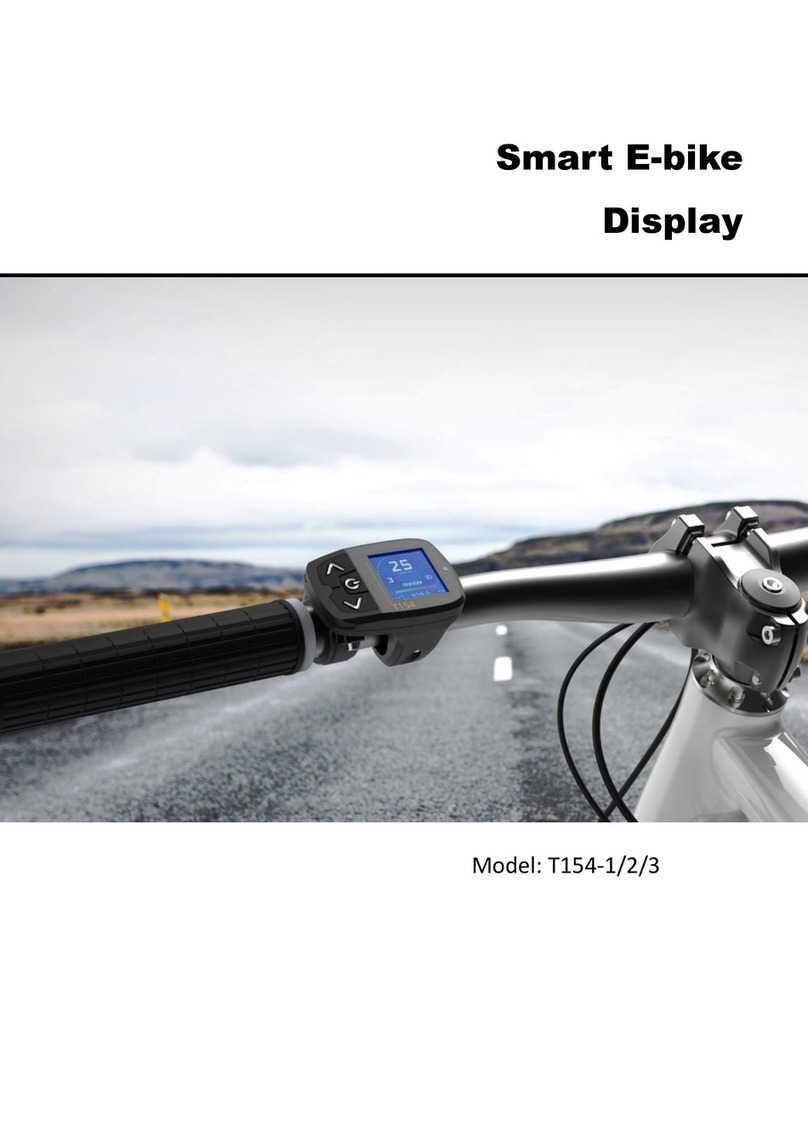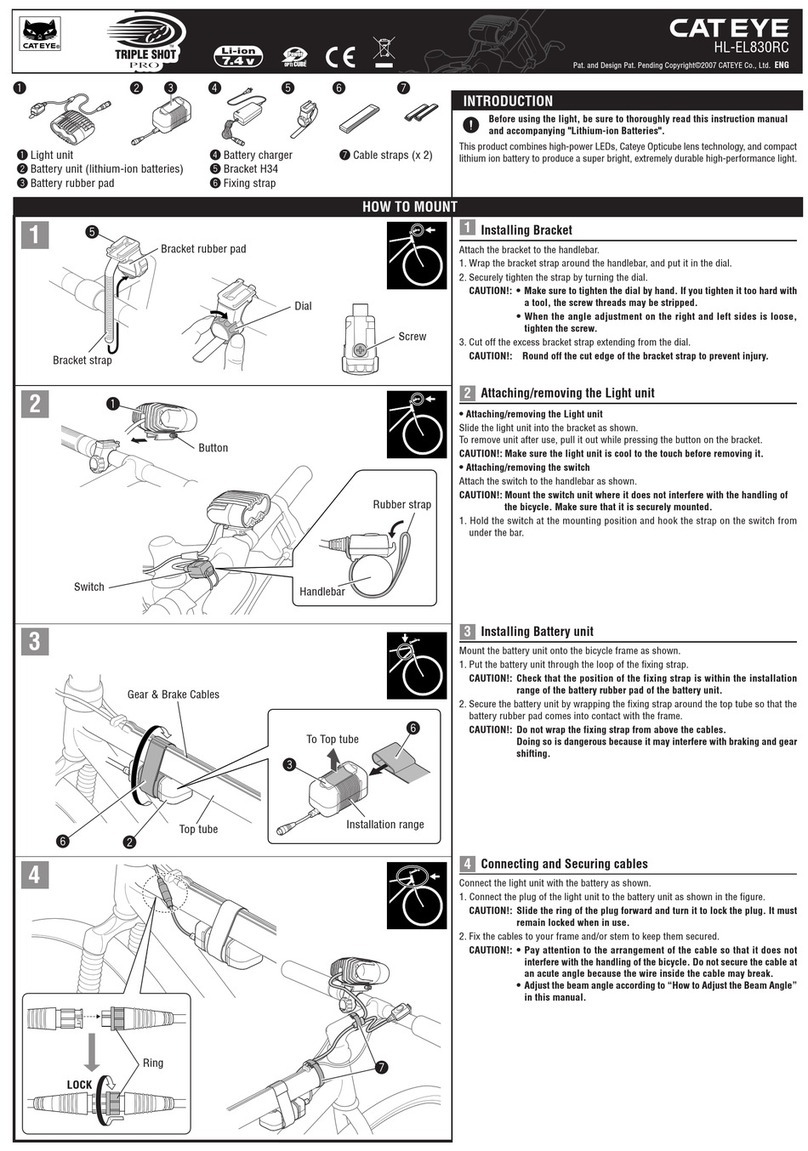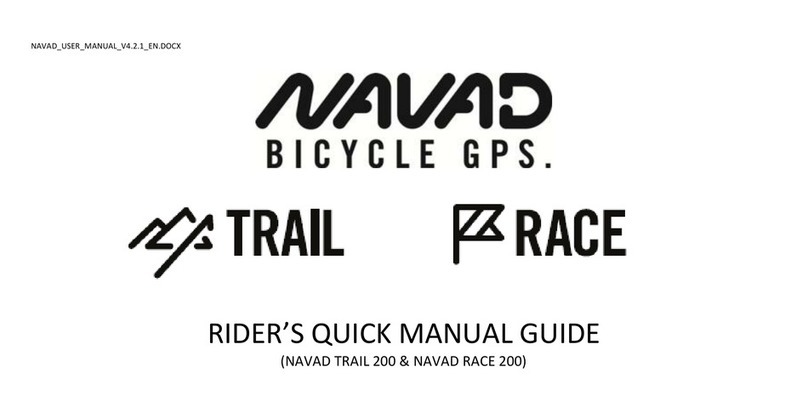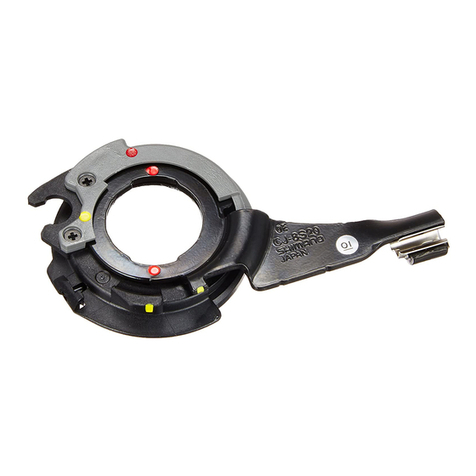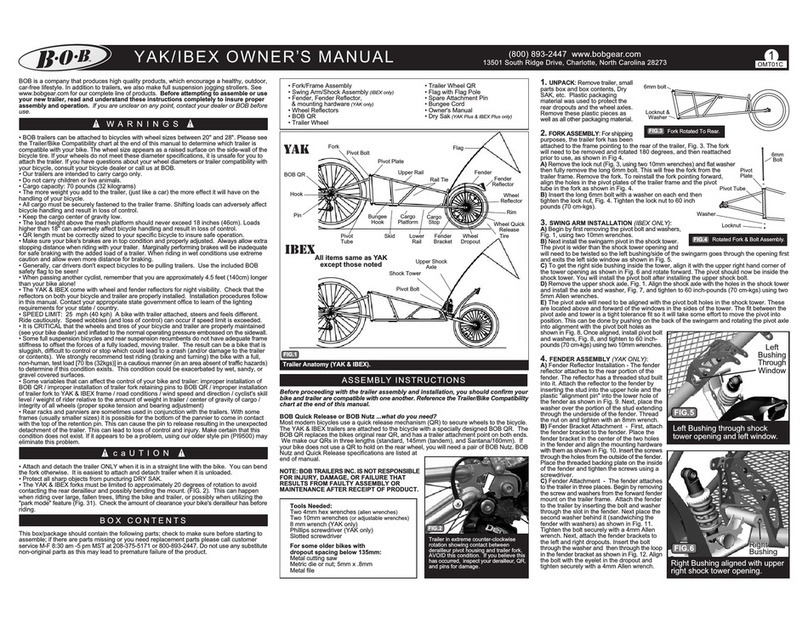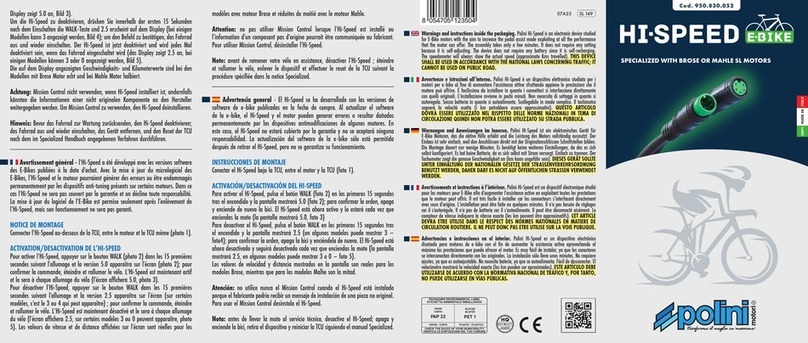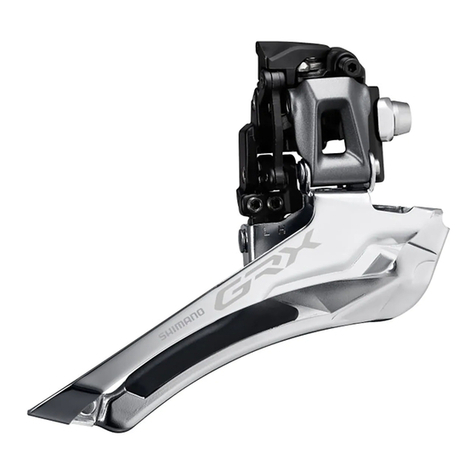
9
1033077B-9/38
STAY ON LEVEL GROUND
NO CURB-HOPPING
OR STAIR-THUMPING
Your trailer is not designed for traveling
on stairs. Curb hopping with a child’s
trailer in tow is dangerous and not
recommended. Dismount to walk your
bike and trailer over curbs.
Similar obstacles should be navigated
using the following portage method. First
remove your passengers from the trailer.
Then disconnect the trailer from the bike
and roll the bike and trailer independent
of one another down the stairs. Don’t take
a bike or trailer on escalators.
DO NOT GO
OFF-ROAD
Never use your Yakima
child trailer for off road
travel. These trailers are
not intended for off road
use. Towing a child off-road
in a trailer is dangerous,
unsafe and irresponsible.
The unpaved terrain, bumps
and holes that are found in
off-road travel could cause
a trailer rollover resulting in
serious injury.
TAKE THE GROOVES
HEAD ON
To try and avoid accident or
injury, always cross railroad
tracks, curb cutouts and
grooved road surfaces at a
90-degree angle. If you are
unsure of your bike handling
skills simply dismount and
walk. Riding parallel or at
narrow angles when crossing
such obstacles could cause
trailer tip over resulting in
accident and injury.
USE GOOD JUDGEMENT:
In order to safely navigate with a
bike trailer attached, you should be
an experienced, healthy cyclist with
the physical strength and sound
mental judgement needed to
properly do the job.
Do not wear headphones when
towing Yakima’s child trailers.
Never allow a child or adolescent to
pull your trailer. They may not have
the strength or good judgement to
safely do so.
AVOID THE DANGERS OF TRAFFIC:
We strongly recommend that you not ride in
traffic. Don’t use your trailer on a busy road
or highway that is unsafe for children. Ride
defensively and don’t assume that you will
be seen or given the right of way by those in
autos. Never trust a driver whose abilities
behind the wheel are altogether unknown to
you. Remember, a bike lane is not a
guarantee of safety. Always proceed with
care and awareness, being especially
cautious at intersections, in parking lots and
at railroad crossings.
STAY FOCUSED:
Bicycling can have
many rewards but each
ride also comes with
inherent risks and
dangers. Keep your
mind on what you are
doing and focus on a
safe, enjoyable passage
for you and your
children.
— IT ALL BEGINS WITH THE PILOT —
Just like everything else affected by the pull of gravity, bicycle trailers
can and will tip over given the chance.
•• AVOID TIPPING OVER ••
• Avoid curb hopping, potholes and
any other road obstructions as you
travel with your trailer. Ride on
paved surfaces only. Yakima’s child
trailers are not intended for off-
road travel.
• Before starting on a journey, sit
down with your passengers and
make it clear that they may not
bounce or rock from side to side.
• Shifting of weight from one side to
another may cause trailers to tip and should
always be avoided.
• Tell children to keep all body parts, clothes,
toys and any other objects out of the spokes
and other moving parts. Avoid high-speed
turns and descents when pulling a trailer.
Your reaction time when it comes to avoiding
obstacles and reacting to undesirable
situations is slowed as you add the length
and weight of a trailer to your ride.
• Yakima’s kid trailers are two wheeled
wonders for sure, but
they can’t lean into a
turn the way you can
on a solo ride. Slow
to 5 mph when
turning and avoid
sudden swerving or
directional changes.

